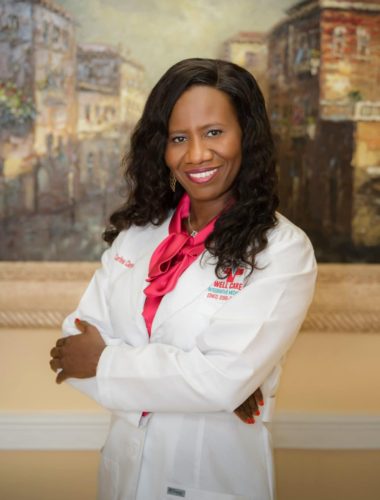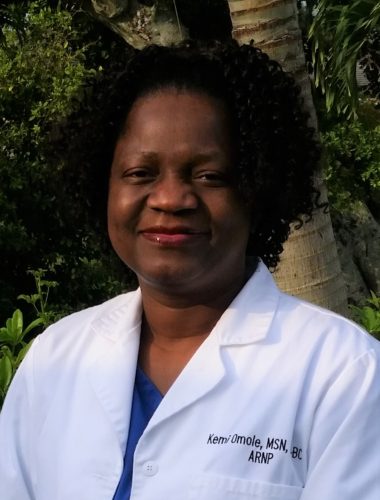
Regenerative Medicine
Our body has the innate ability to heal itself. So, what if we can use this ability to heal our bodies more powerfully? Doesn’t it sound excellent?
Regenerative medicine is an emerging area of science, and it holds a great promise for treating and curing a variety of diseases in our body.
This article will walk you through the scope, uses, and promises of this promising field.
To begin with, what is regenerative medicine?
It is a science of replacing the damaged tissues and organs of our body. Not only does it replaces the damaged tissues, but it is also the process of creating new cells. Thus, it aims to restore normal function.
The basis of Regenerative medicine is these three principles.
- Rejuvenation- It boosts the body’s ability to self-heal.
- Replacement- It uses healthy cells and tissues to replace damaged ones.
- Reengineering- It uses stem cells to restore tissue and organ’s function.
In short, it’s the science of increasing function and reducing pain.
How does it work?
It uses the concept of healing and restoration through the body’s own cells. We have been using this method in different forms for years now, for instance, blood transfusion and bone marrow transplant. However, it has evolved in recent times. It holds the promise to heal injuries and damaged tissues that were beyond repair.
Now, stem cells are an essential part of regenerative medicine. They are undifferentiated cells that can act as muscle, tissue, or blood cells. In short, they are multi-purpose cells. We can say that they are the building blocks of the human body.
These cells can be molded into specific cell types. Stem cells can produce any cell or tissue that the body requires. Besides, these cells renew and multiply themselves. After collecting stem cells from blood, bone marrow, fat, or embryo, they are harvested and injected directly into the damaged tissue. Thus, rebuilding healthy tissues which in turn reduces pain.
As the quote says,
“If power is defined as the ability to do anything and create anything, then the stem cell is the most powerful known life force.”
Do we need to say anything more?
Apart from stem cells, regenerative medicine uses plasma therapy. It makes use of platelets to improve the healing process. In this, platelets are separated from the blood. It is then injected directly into an injury. It improves the healing process by making it fast.
Lastly, the use of bone marrow to heal injuries is also quite widespread.
What conditions can regenerative medicine treat?
It promises to treat a wide range of diseases and injuries by reducing or removing the pain altogether. It is advancing in the field of pain management and shows potential benefits and developments.
It is useful in treating various medical conditions of our bodies. This includes,
Additionally, it helps in treating various spinal injuries. It is also useful in treating knees, arm, legs, shoulder, wrist, foot, and others. These injuries include muscle tears, tendon damage, bursitis, fractures, sprain, strains, rotator cuff injuries, etc.
All in all, we can say that regenerative medicine addresses major health issues of our body.
What are the benefits of it?
Conventional medical practice targets the symptoms. However, regenerative medicine targets the root cause of disease and injury in our bodies. It’s based on the principle that our bodies can heal from within.
It can bring tons of benefits to mankind in the future. They are-
“Stem cell research can revolutionize medicine more than anything since antibiotics.” We are still exploring this vast field. This practice shows the potential for replacing dead cells and organs. This, in turn, would improve the age span of humans.
Regenerative medicine and chiropractic
The philosophy of both remains to be the same. They strongly believe in the body’s innate power to heal. These methods are non-invasive and much better than complex surgeries. Both adopt an approach of non-drug healthcare.
“We are not made of drugs; we are made of cells.”
The concept and theories of tissue engineering and molecular biology are the base of regenerative medicine. And the study of stem cells is exploding. It indeed holds a great future for chiropractors who wish to expand their scope of work.
All in all, we are yet to explore the potential of this scientific field. It’s a promising gift to mankind. Stem cells are going to be the driving force of this next revolution.



